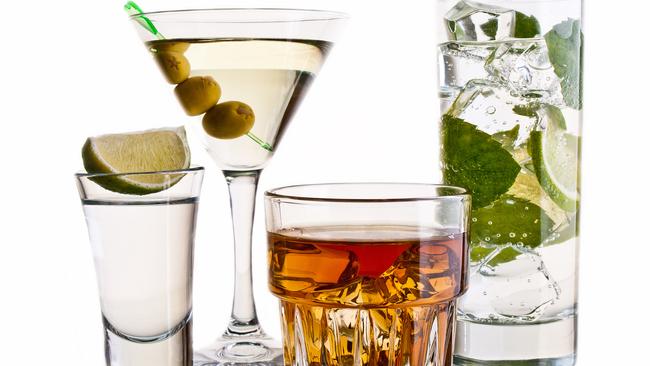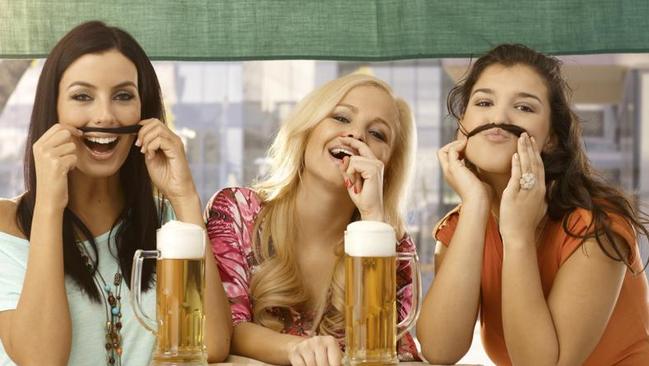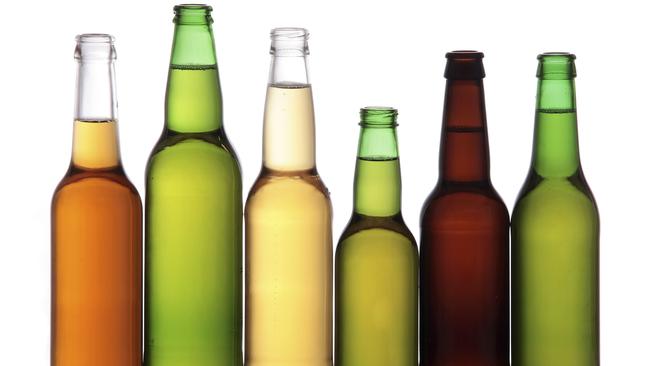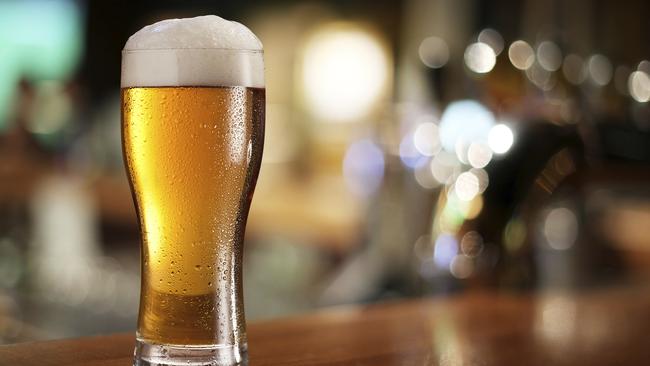New study debunks previous research showing we’re drinking less alcohol
OFFICIAL data saying we’re drinking less alcohol has been exposed as inaccurate. In fact, Australians are drinking more than ever.

Food and Wine
Don't miss out on the headlines from Food and Wine. Followed categories will be added to My News.
WE’VE become a nation of drunks with new research showing alcohol consumption in Australia is on the rise and women and young people are drinking more.
Worse still, more of us are drinking at unhealthy levels with under-age drinkers consuming nearly four times the safe daily drinking amount.
And the drinking gap between the sexes is shrinking with women now consuming 33 per cent less alcohol than men, compared to 40 per cent less in 2001.
The University of Sydney research published in the Medical Journal of Australia today compared data from the Australian Bureau of Statistics National Health Surveys in 2001 and 2011-12.
And it sharply contradicts the established position that alcohol consumption in Australia is falling.
The MJA study found the average daily alcohol intake increased over the 11 years from 3.9 standard drinks a day to 4.3 standard drinks.

Men are drinking five standard drinks a day, up from 4.7 in 2001. Safe drinking guidelines suggest no more than two standard drinks a day.
Women are drinking 3.4 standard drinks a day, up from 2.8 in 2001 and nearly two drinks a day more than suggested under safe drinking guidelines.
Underage drinkers (15-19-year-olds) were consuming an average 7.1 standard drinks a day, well in excess of health guidelines and 65 per cent more than adults drink.
The gender gap was even smaller in this age group with 15-19 year old girls drinking only 9 per cent less than boys compared with 33 per cent for adults.
The findings are at odds with the Australian Institute of Health and Welfare’s National Drug Strategy Household Survey.

It found in 2010 there was a significant fall in daily drinking compared to 2007, and in 2013 the proportion of the population drinking daily declined again from 7.2 per cent to 6.5 per cent.
That study published earlier this year found: “Overall Australia has seen a decrease in the proportion of daily drinkers, and this reduction was most noticeable among people in their late 30s to 50s.”
The MJA study is also at odds with the 2011-12 National Health Survey which found in 2011-12, 19.5 per cent of adults consumed more than two standard drinks per day on average, exceeding the lifetime risk guidelines. This was a decrease from 2007-08, when 20.9 per cent of Australian adults exceeded the guidelines.

Professor Farhat Yusuf, who conducted the MJA research, says the difference in findings is due to the methodology in the two surveys.
The AIHW asked people to report alcohol use in the past year, the ABS asked them to report drinking in the past week.
“We believe the reference period the ABS used will probably give a much better response,” he said.
The second difference between the two surveys was the AIHW had a response rate of just 50 per cent while the ABS had a response rate of 80-90 per cent, he said.
“We don’t want to say the AIHW are wrong or right,” he told News Corp.
However, he says based on his findings politicians need to make some policy judgements about how to combat the increase in alcohol use.
The survey found having tertiary qualifications, a job and a white collar occupation were associated with lower levels of alcohol consumption.

“Relatively disadvantaged people reported higher consumption levels, and they also spent a somewhat larger proportion of their household budget on alcohol,” the report says.
The ABS figures showed among adults, 29.2 per cent of men and 10.1 per cent of women exceed National Health and Medical Research Council guidelines for safe drinking.
While more of those aged 15-19 were drinking at unsafe levels, 35 per cent of men and 19.8 per cent of women in this age group exceeded safe drinking levels.


